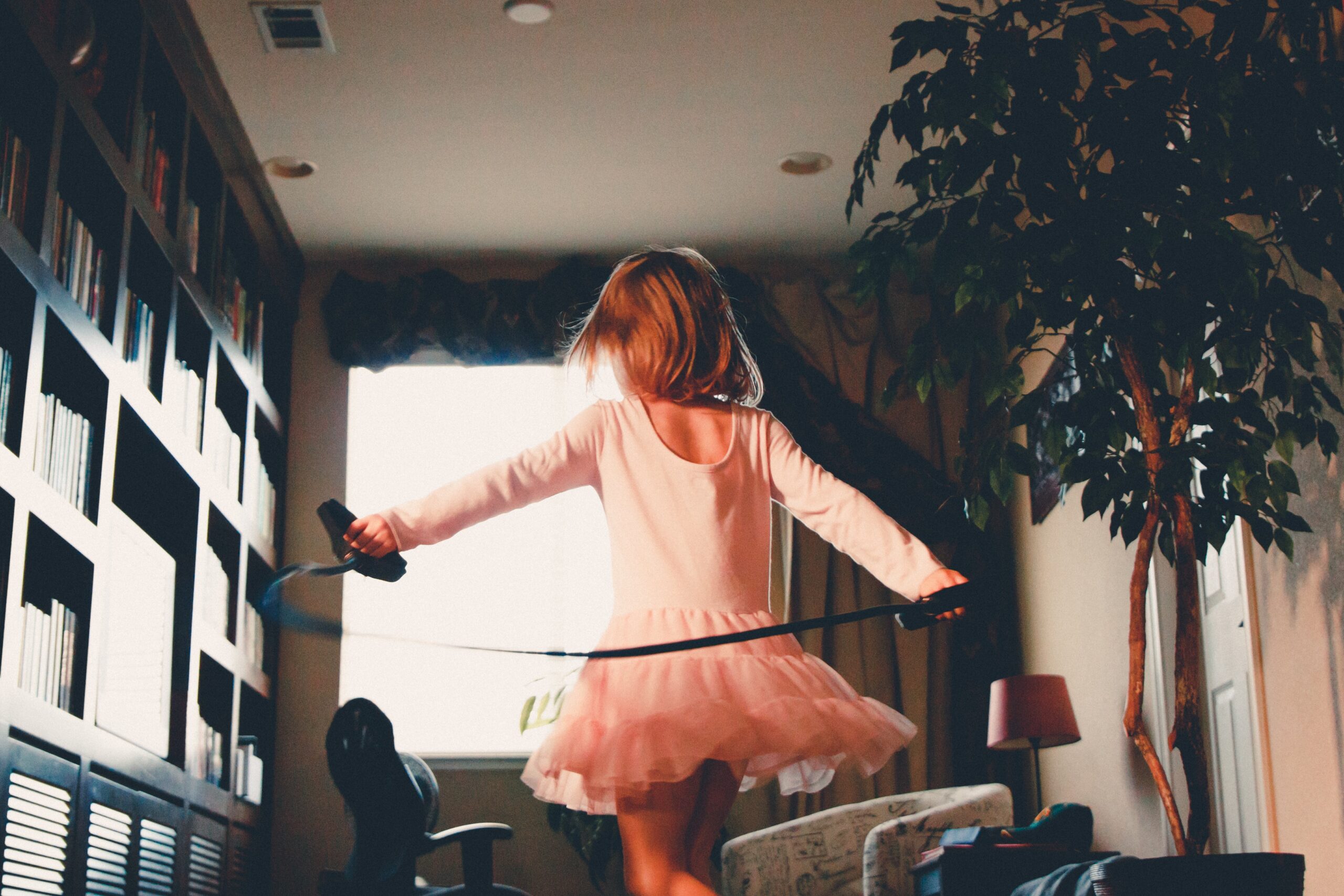Learn effective emotional regulation strategies for children and teens. Help them navigate their emotions and develop valuable coping skills for life.
5 EMOTIONAL REGULATION STRATEGIES FOR CHILDREN & TEENS
Emotional regulation is an important part of a child’s development. As parents, it’s our responsibility to help our kids learn how to manage their difficult emotions and feelings. Ultimately, we want them to develop self-regulation skills for dealing with difficult emotions on their own.
In this article, we’ll explore five effective strategies that parents and caregivers can use for teaching emotional regulation skills to children in a healthy and constructive way.
What Is Emotional Regulation?
Emotion regulation is the essential ability to recognize, understand, and effectively manage emotional control in a healthy and balanced way, even in the face of challenging situations.
It involves being aware of your emotions, identifying them accurately, and implementing strategies to regulate their intensity and emotional expression. Just like any other skill, emotional self-regulation in children is something that is learned and developed over time.
Why Is Healthy Emotional Regulation In Children Important?
Children with positive emotion regulation skills are better prepared to cope with life’s inevitable tragedies. When faced with difficult circumstances, they can process their emotions, seek support, and engage in self-care. This resilience helps them bounce back from adversity.
These children are not immune to experiencing difficult emotions. In fact, the goal is not to eliminate difficult emotions, but to have the tools to manage them constructively.
5 Emotional Regulation Strategies For Children & Teens
Here are some strategies to aid in the development of emotion regulation in kids and teens.
- Teach kids to identify their feelings (emotional awareness).
The first step in regulation of emotion for children is to help them learn to identify and name their feelings, which is called emotional awareness. Encourage your child to express and name their feelings, creating a safe space for open communication.
This can be done by labeling emotions when they arise, such as saying “you seem frustrated right now” or “you seem excited right now.” This helps them to become more aware of their emotions and understand how they are feeling. Utilize visual aids, storytelling, and books to help children recognize different emotions and validate their experiences.
- Try some emotional regulation activities for kids.
Another important strategy is to help kids learn to manage their emotions in a healthy way. This can be done by encouraging them to talk about how they are feeling and helping them find constructive ways to express their emotions.
For example, if they are feeling angry, they can take deep breaths, go for a walk, or draw a picture of their feelings.
- Teach mindfulness strategies.
Teach your child simple mindfulness exercises such as deep breathing, finger breathing, or body scans that help them understand the connection between emotions and physical sensations. Explain that they can better manage their emotions by learning to be present in the moment.
Practice deep breathing exercises together when they are calm. Then try using it during stressful situations. For school aged children, you can introduce relaxation techniques like progressive muscle relaxation or guided imagery.
- Demonstrate coping strategies for managing strong emotions.
It’s also important to help children learn to manage strong emotions when they experience them. Coping strategies are activities that can help calm them down.
Activities that engage their senses can be particularly calming, such as taking a shower or bath (touch), listening to music (hearing), and swinging or dancing (proprioception).
- Model how to regulate emotions as a parent.
Parent modeling is another crucial part of emotion regulation. Children learn by observing. Display healthy emotional regulation in your own behavior, showing them how to handle stress, frustration, or disappointment calmly.
You can also promote empathy by modeling empathic behaviors and encouraging your child to consider others’ perspectives and emotions. Engage in activities such as role-playing or storytelling to foster understanding. Help them grasp the impact of their actions on others’ well-being.
When parents model healthy ways of expressing emotions, such as talking through their feelings, children are more likely to learn how to do the same.
Tips for Helping Children With Poor Emotional Regulation
Create a calming environment
Designate a quiet, peaceful space where your child can retreat when overwhelmed. Fill it with comforting items like soft blankets, sensory toys, or calming music. This safe space allows them to self-regulate and find solace during intense emotions.
Practice emotional coaching
When your child experiences strong emotions, validate their feelings and help them understand the underlying reasons. Use phrases like “I see you’re feeling upset. Can you tell me what happened?” This approach helps them develop emotional intelligence and promotes self-reflection.
Establish clear expectations
Set clear boundaries and expectations regarding appropriate behavior. Clearly communicate the consequences of their actions while emphasizing the importance of emotional self-control. Consistency and follow-through are key to helping children understand the importance of emotional regulation.
Encourage physical activity
Engage your child in physical activities to help release pent-up emotions. Exercise, sports, or even a simple walk can provide a healthy outlet for their energy and emotions. Physical activity also stimulates the release of endorphins, which can improve their mood.
Use visual aids
Visual aids such as emotion charts, feeling faces, or emotion thermometers can assist your child in identifying and expressing their emotions. These tools help them develop a vocabulary for their feelings and enhance their emotional awareness.
Recognizing When to Seek Help: Child Psychotherapy Services
If your child continues to struggle with emotional regulation, consider seeking professional support from a therapist or psychologist experienced in working with children. Dr. Leon is an experienced clinician who is passionate about helping children and adolescents navigate emotional, behavioural, and cognitive difficulties as well as supporting parents in providing optimal parenting when faced with these challenges.
Explore Dr. Leon’s Child Psychotherapy services today to help your child gain the skills they need to regulate their emotions.
Read These Next
- For more tips and strategies on teaching emotional regulation: https://childmind.org/article/can-help-kids-self-regulation/
- If your child is struggling with emotional regulation: https://www.apa.org/topics/parenting/emotion-regulation
Frequently Asked Questions
What are some effective strategies for teaching emotional regulation to children and teens?
One effective strategy is teaching deep breathing exercises or mindfulness techniques to help children and teens calm their minds and bodies during moments of heightened emotion. Another strategy is encouraging them to engage in activities that promote self-reflection, such as journaling or engaging in creative outlets like art or music.
What are the potential benefits of practicing emotional regulation strategies in childhood and adolescence?
Practicing emotional regulation strategies in childhood and adolescence can have numerous benefits. It helps children and teens develop resilience. Emotional regulation skills can also lead to better decision-making, reduced impulsivity, and improved academic performance. These skills provide a foundation for healthier emotional well-being and mental health throughout their lives.
How can emotional regulation skills learned in childhood impact well-being in adulthood?
Emotional regulation skills learned in childhood and adolescence play a crucial role in shaping an individual’s overall well-being and success in adulthood. They contribute to better mental health outcomes and can reduce the risk of developing anxiety, depression, and other emotional disorders.
I tried breathing and meditation techniques with my child and it doesn’t work, what else can I do?
While some kids like and use breating and mindful strategies, others don’t. Try these alternative calming activities for kids:
- Doodling /coloring on skin with erasable markers
- Ripping paper, cutting cardboard boxes
- Doing headstands, jumping jacks, push-ups
- Using a swing, turning in circles
- Making a blanket tent, weighted blanket, or special place in a closet
In Summary
Teaching emotional regulation strategies to kids is vital as it equips them with tools to manage and express their feelings constructively, fostering healthier relationships and improved self-control. It enables children to navigate challenging situations with resilience, reducing the likelihood of impulsive behavior and promoting better decision-making skills. By learning how to regulate emotions, kids can develop greater empathy, communication skills, and a stronger sense of overall well-being as they grow into adulthood.
Dr. Stephanie Leon
Dr. Leon is a clinical psychologist and neuropsychologist practicing in the province of Ontario and Quebec. She works with children, teens, and their parents to address emotional, behavioural, and cognitive difficulties. Dr. Leon offers online psychology services through the Leon Psychology Clinic.
Found this helpful? Share with a friend!


